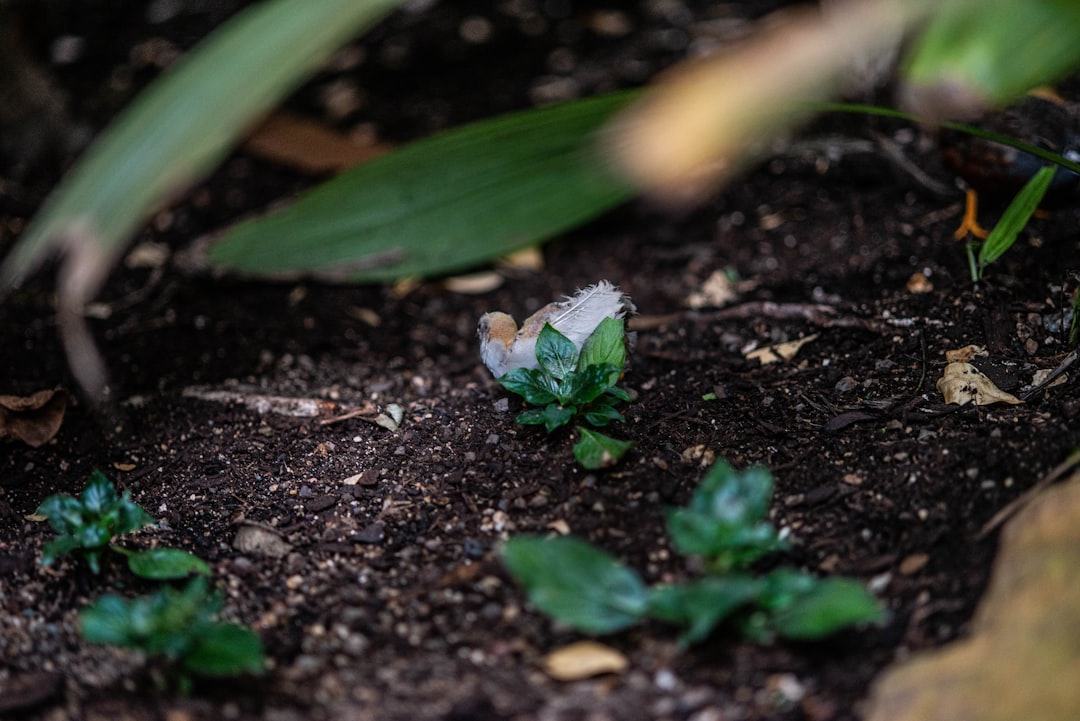Houseplants bring a touch of nature indoors, and the peace lily is a popular choice for its elegant white blooms and air - purifying qualities. However, one of the most common questions among plant owners is how often to water their peace lily. In this article, we'll explore the ideal watering schedule, signs of overwatering, and tips to keep your peace lily lush and healthy year - round.
### Ideal Watering Schedule
The frequency of watering your peace lily depends on several factors, including the size of the plant, the pot size, the environmental conditions, and the time of year. As a general rule, peace lilies prefer to be kept slightly moist but not waterlogged. During the spring and summer months, when the plant is actively growing, you may need to water it every 1 - 2 weeks. In the fall and winter, when growth slows down, you can reduce the watering frequency to every 2 - 3 weeks.
To determine if your peace lily needs water, stick your finger about an inch into the soil. If the soil feels dry at this depth, it's time to water. Another method is to lift the pot. If it feels light, the plant is likely thirsty. When watering, use room - temperature water and pour it slowly around the base of the plant until it starts to drain out of the bottom of the pot. This ensures that the water reaches the roots and helps to flush out any built - up salts in the soil.
### Signs of Overwatering
Overwatering is one of the most common mistakes when caring for peace lilies. When a peace lily is overwatered, the roots can become waterlogged, leading to root rot. Some signs of overwatering include:
- Yellow leaves: Yellowing leaves, especially at the bottom of the plant, can be a sign of overwatering. The leaves may also start to droop and look wilted, even though the soil is wet.
- Mushy or black roots: If you gently remove the plant from its pot, overwatered roots will appear mushy and may be black or brown in color. Healthy roots should be firm and white.
- Foul smell: A foul odor coming from the soil can indicate root rot, which is often caused by overwatering.
If you suspect that your peace lily is overwatered, stop watering it immediately and allow the soil to dry out. You may also need to repot the plant in fresh, well - draining soil to prevent further root damage.
### Tips for Keeping Your Peace Lily Healthy
Besides proper watering, there are other things you can do to keep your peace lily in top shape:
Light: Peace lilies prefer bright, indirect light. Avoid placing them in direct sunlight, as this can scorch the leaves. A north - or east - facing window is usually a good spot for a peace lily.
Temperature and humidity: Peace lilies thrive in temperatures between 65°F and 80°F (18°C - 27°C). They also prefer high humidity. You can increase humidity around the plant by placing a tray of water near it or using a humidifier.
Fertilizer: During the growing season (spring and summer), you can fertilize your peace lily every 2 - 3 months with a balanced, water - soluble fertilizer. Follow the instructions on the fertilizer package for the correct dosage.
Pruning: Remove any yellow or brown leaves as soon as you notice them. This not only improves the plant's appearance but also helps to prevent the spread of disease.
In conclusion, caring for a peace lily requires a bit of attention to its watering needs, light, temperature, and other environmental factors. By following the tips in this article, you can ensure that your peace lily remains a beautiful and healthy addition to your indoor garden for years to come.

